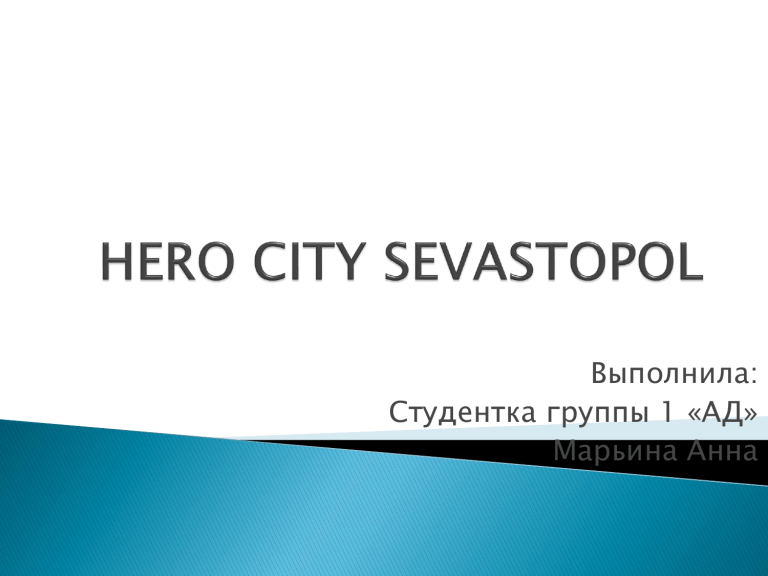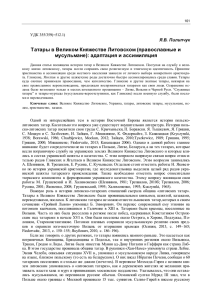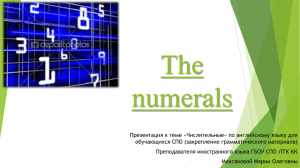
Выполнила: Студентка группы 1 «АД» Марьина Анна The city was founded in 1783. Its first name is Akyar, then Akhtiar. But the settlement itself was formed in ancient times – in the V century BC there was a Greek colony of Chersonesos. The settlement experienced more than one decline and rise, and during Kievan Rus lost its importance as an economically profitable settlement. In the XVIII century, Sevastopol flourished again – in 1784 it received its pseudoGreek name "holy city", and it is still called that, although in 1797 Paul I tried to return the name Akhtiyar to it, but in 1826 the city again became Sevastopol by senate decree. Until 1917, Sevastopol was part of the Russian Empire. And on June 22, 1941, the Great Patriotic War began for the population of the city – the history of the city of Sevastopol is closely connected with the Second World War. That night, the Sevastopol Bay was attacked by German aircraft in order to drop mines into the fairway (water passage), thus closing the exit to the warships. The raid was repulsed. Already on October 30, the Sevastopol land garrison began to reflect the columns of the fascist army. The defense lasted 250 days. 157 thousand fighters were killed. For the defense of Sevastopol , 37 people were awarded the highest degree of distinction of the USSR- the title "Hero of the Soviet Union", and over 50 thousand participants of the battles were awarded medals "For the defense of Sevastopol" Sevastopol is located on the Heraclea Peninsula, a triangular-shaped land protrusion into the Black Sea from the Balaklava Valley. It is separated from the sea area itself by the Sevastopol Bay and the Chernaya River. On the territory of Sevastopol, the Republic of Crimea, three rivers flow: Belbek 63 km long, Chernaya 35 km long and Kacha 69 km long - these are the freshwater arteries of the city. The naturalsouthern border of the Sevastopol region is the Ai-Petrin plateau with altitudesin the range of 600- 900 m above sea level. About 1,9 thousand plant species grow on the territory of the Sevastopol City Council. As of January 1, 2020, 448.8 thousand people live permanently in Sevastopol, among them Ukrainians, Russians, Belarusians, Tatars and Crimean Tatars, Armenians, Jews, Moldovans, Azerbaijanis who profess Orthodoxy, Judaism and Islam, and therefore there are many active temples in the city, interesting also from the point of view of architecture and history – all of them are available for tourists to visit. On city streets, Russian speech is mostly heard. The population of the city of Sevastopol increases significantly in the summer: the number of residents reaches almost 1 million people during the high holiday season - from mid-May to almost mid-October. And on the day of the Navy (the date of celebration is the last Sunday of July), sailors from all over Russia come to the Crimea to the city of Sevastopol. Sevastopol educational institutions train specialists in a variety of specialties at SevNTU, the University of Nuclear Energy and Industry, at the branch of Moscow State University and the Humanitarian Institute of Banking, for more than a century they have been teaching maritime affairs at the Naval School named after P.S. Nakhimov. A significant part of the city's population is engaged in servicing the tourism sector. • Grafskaya Pier – is called Catherine's Pier, since in 1787 Empress Catherine II honored Simferopol with her visit. By the arrival of the royal person, the wooden pier for fishing boats was converted into a stone one with steps into a real pier. Now it is the main sea entrance to the city with a staircase decoratedwith stone lions. • The Tower of the Winds- the structure survived after the Crimean and Great PatrioticWars, but not completely - it was restored. In 1855, a unique library burned down there. It is an architectural monument of the VIII century. .The monument to the submerged shipsis a symbol of the city, depicted on postcards and souvenirs. It is present on the coat of arms of Sevastopol. The date of the monument's opening is 1905. .The memorial called "The Hero City of Sevastopol– is known as "Bayonet and Sail" for its compositional solution. It was erected 20 years after the city was granted the status of a hero city. It symbolizes the relationship between the land forces and the navy.





